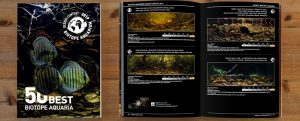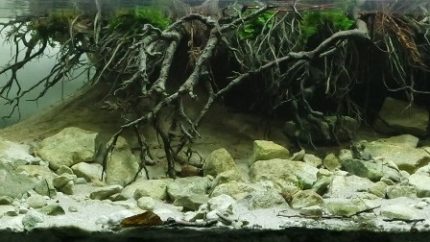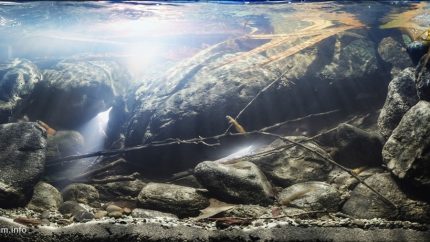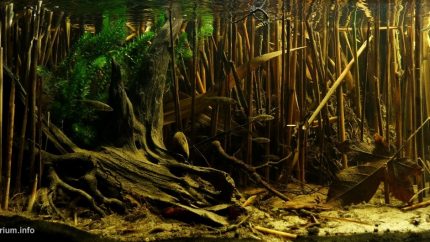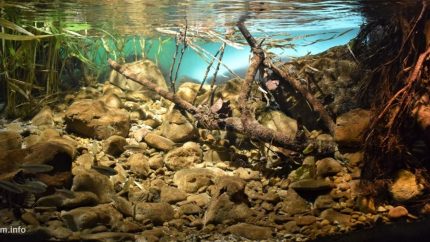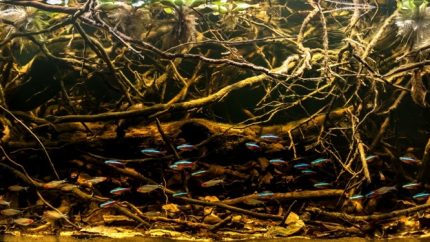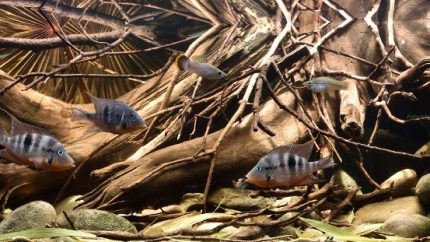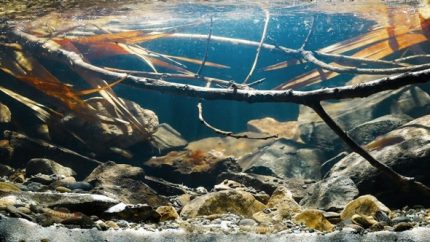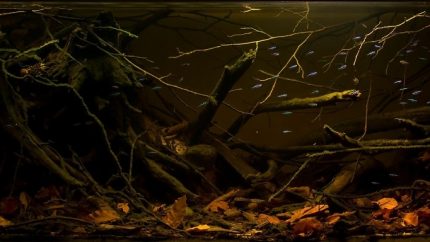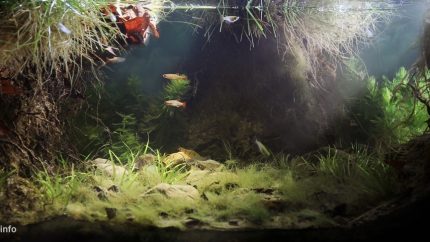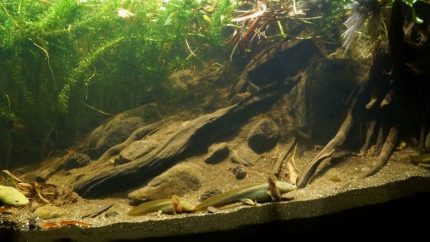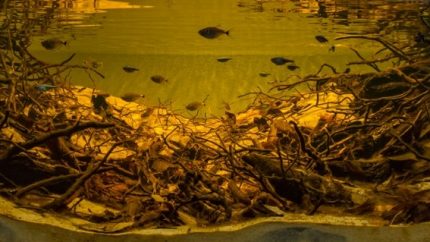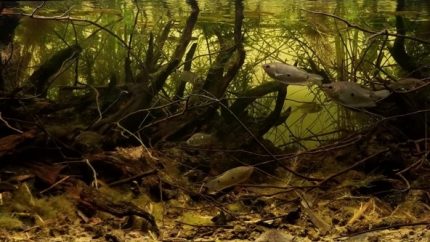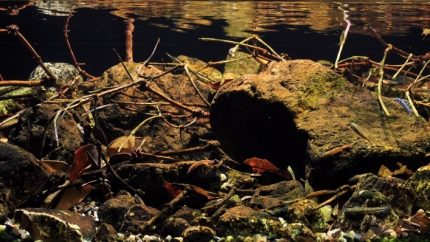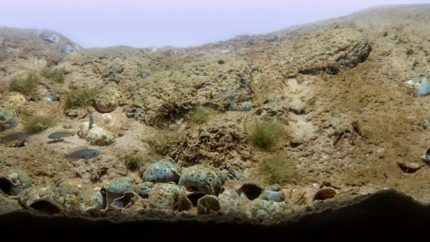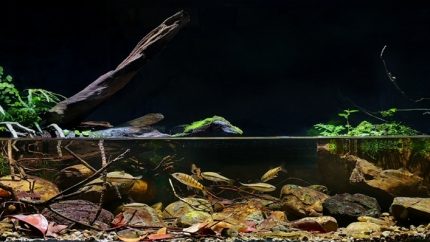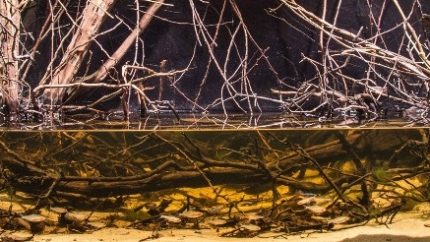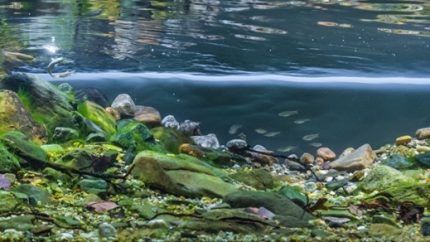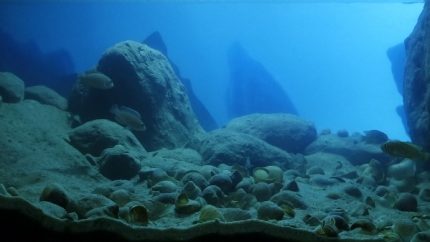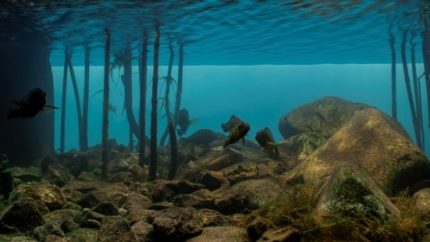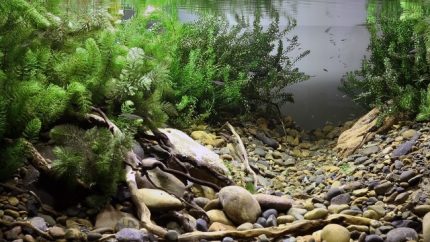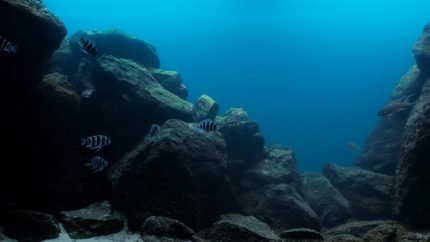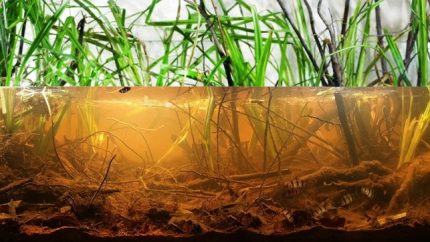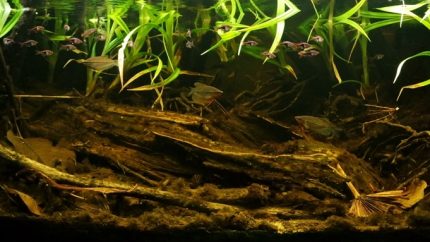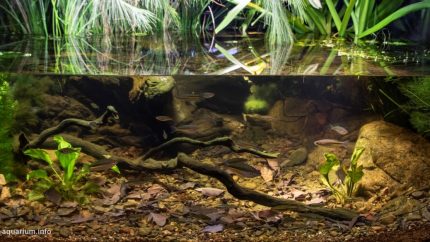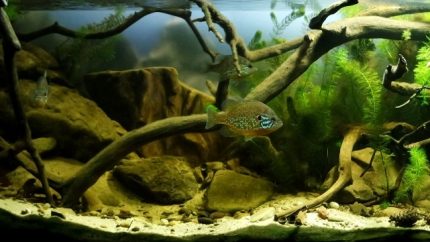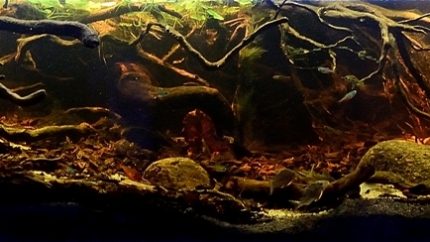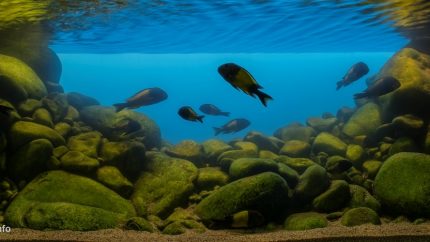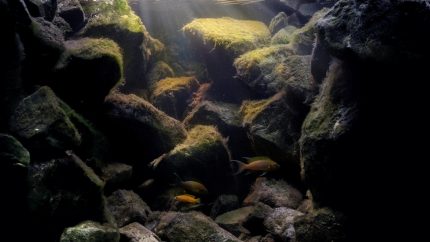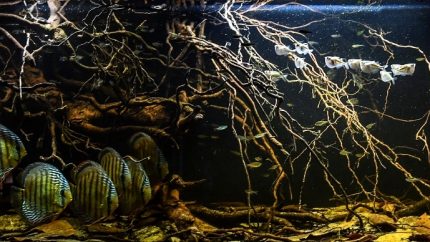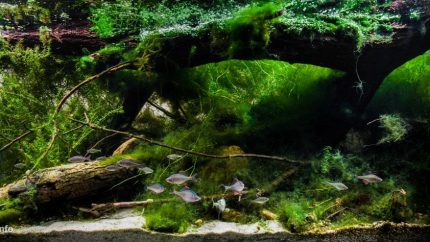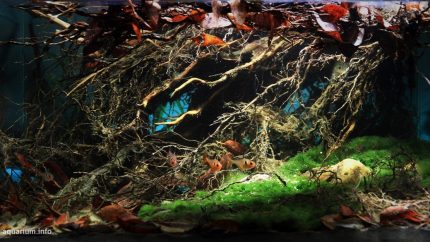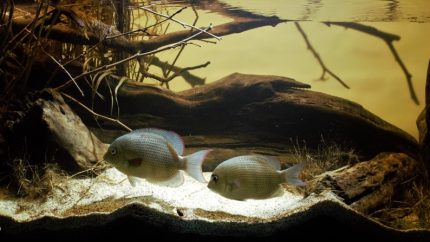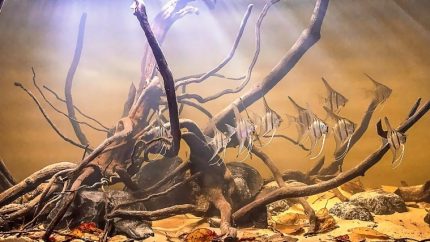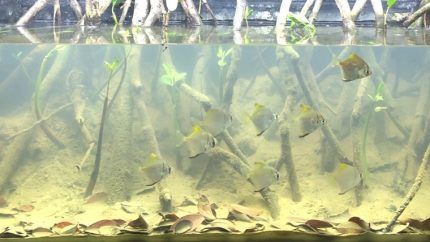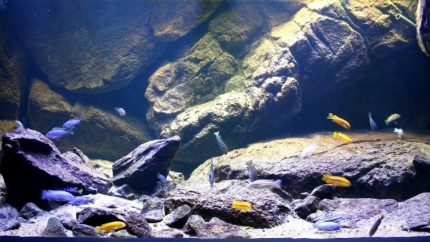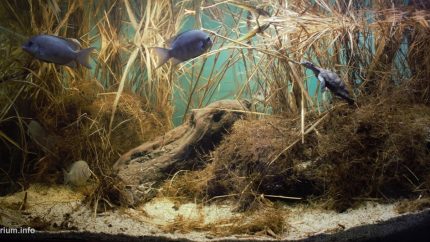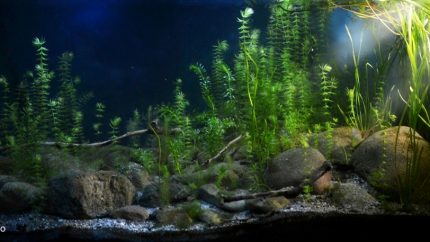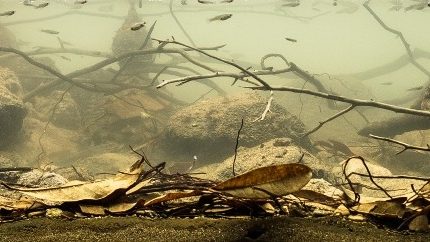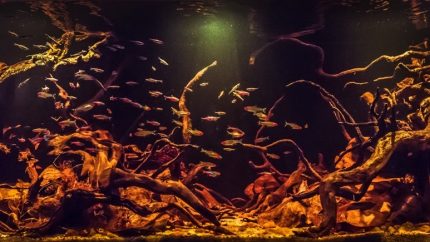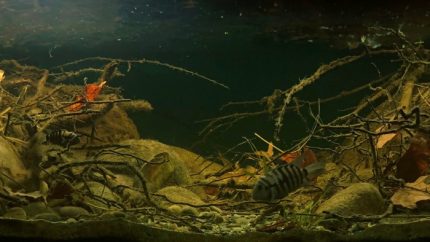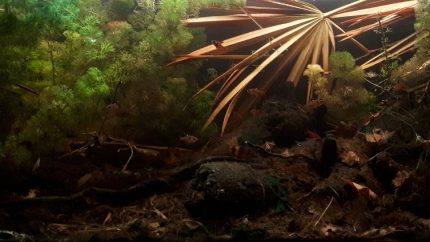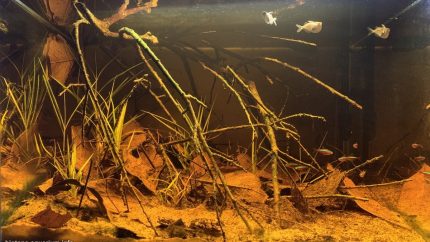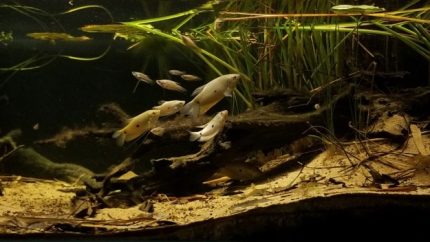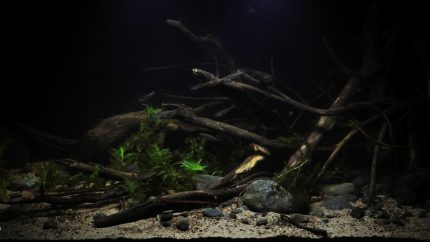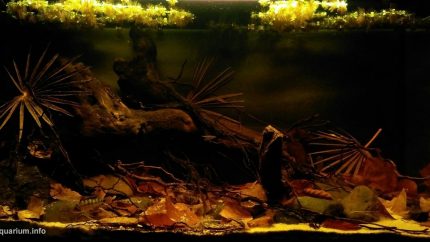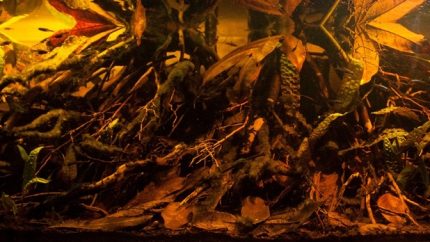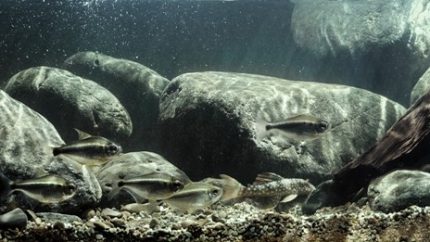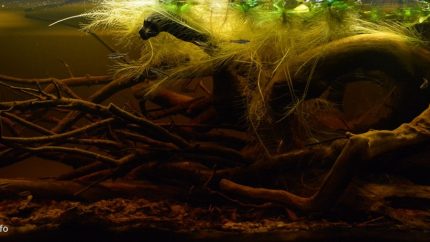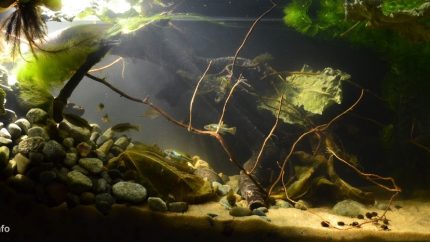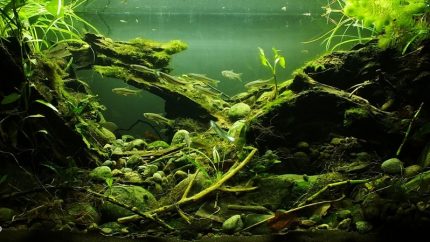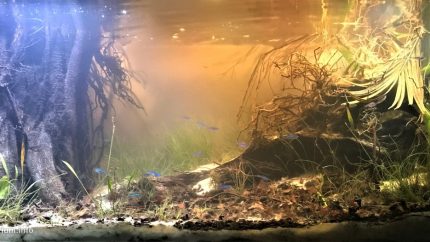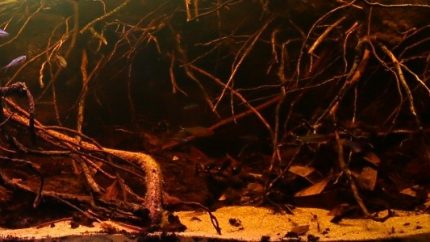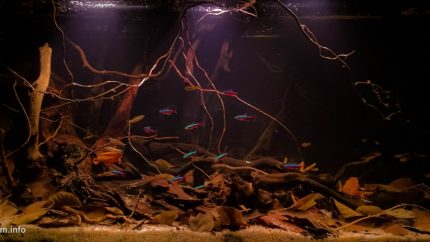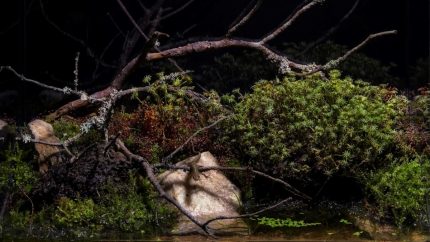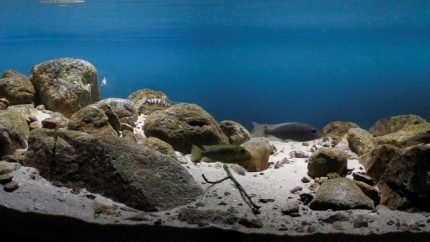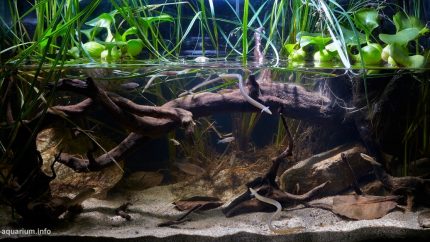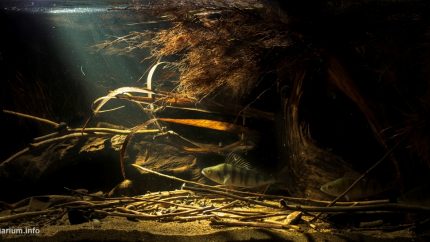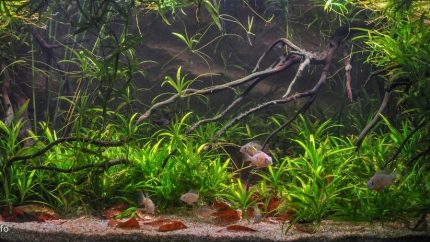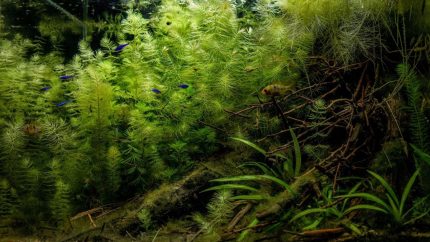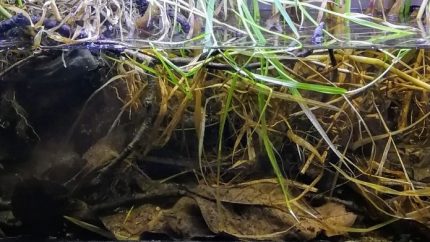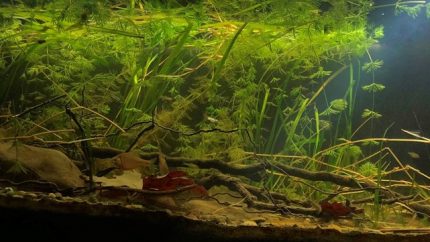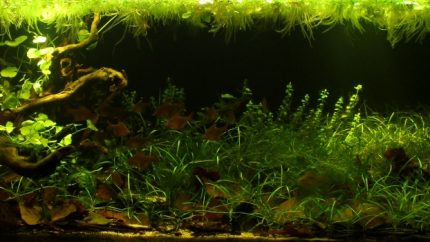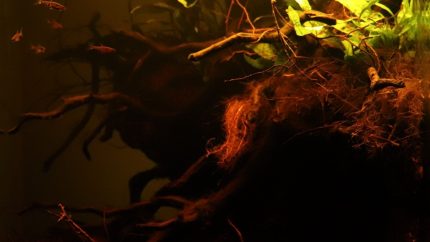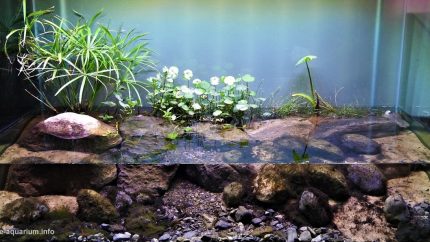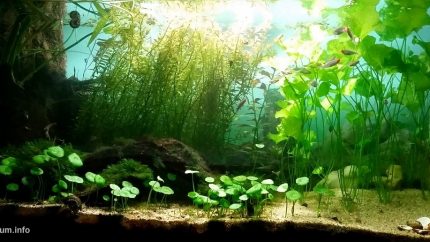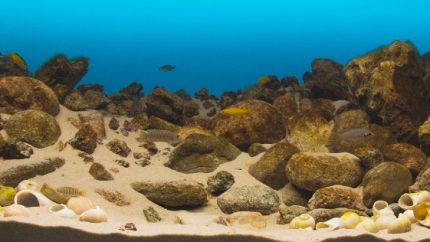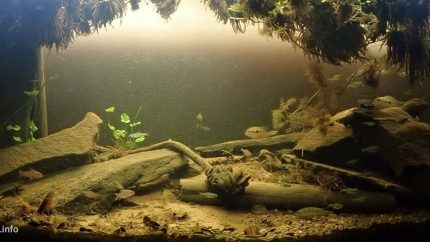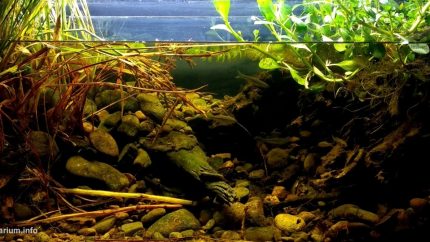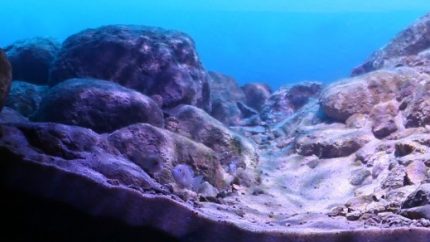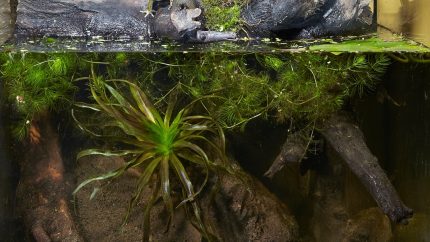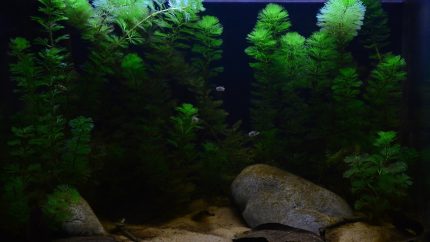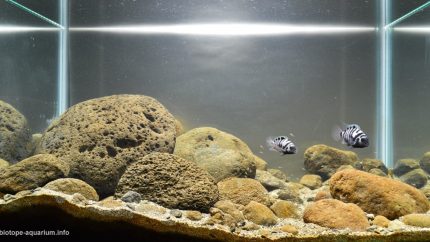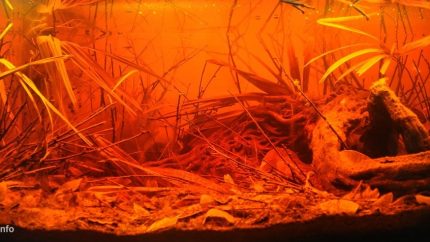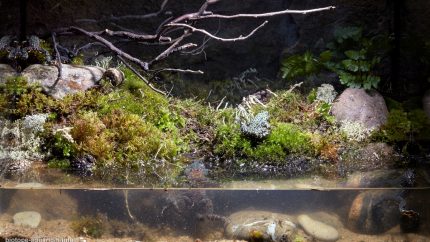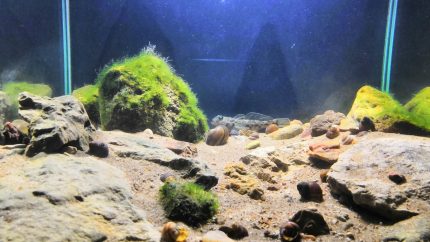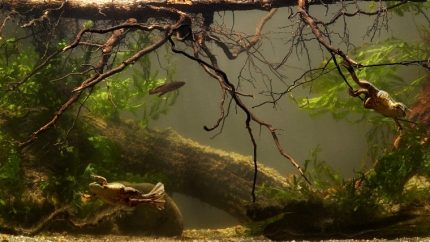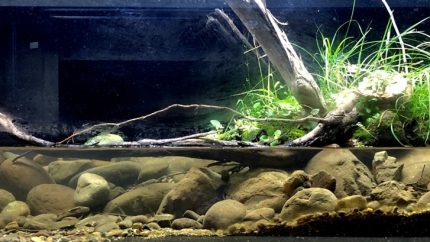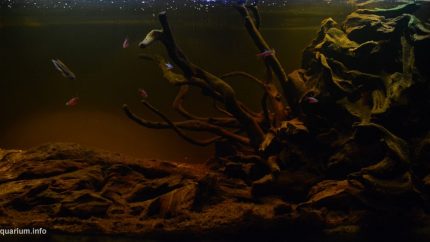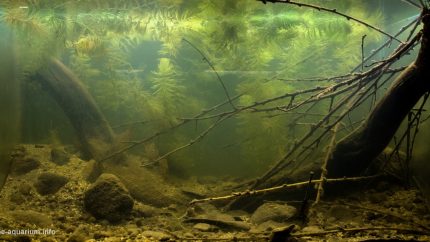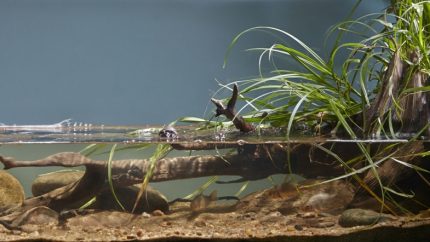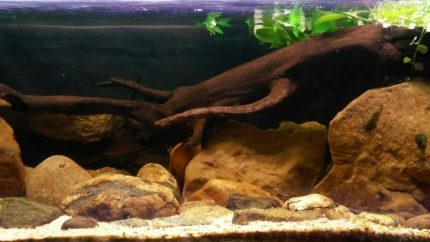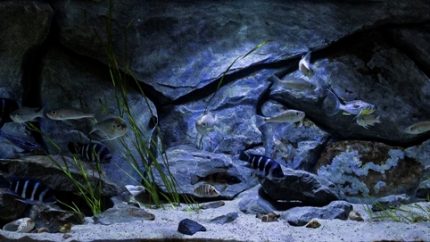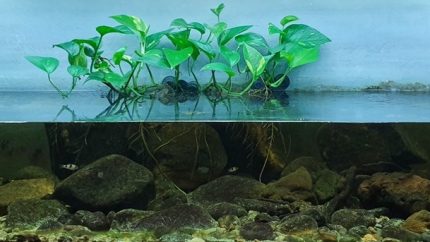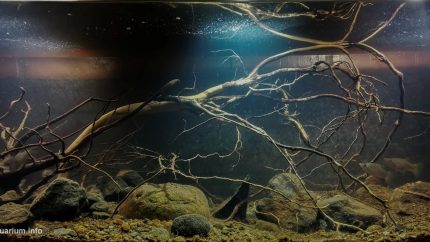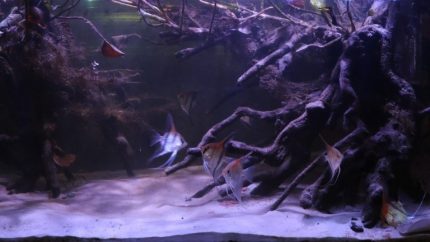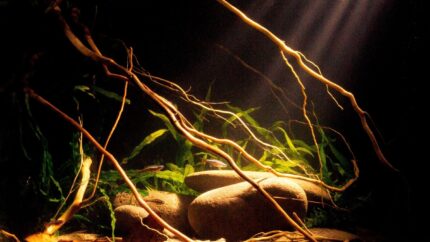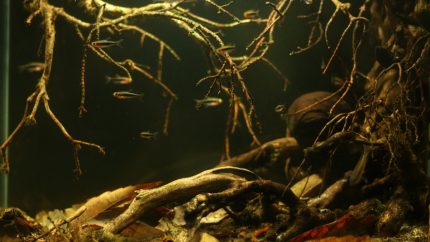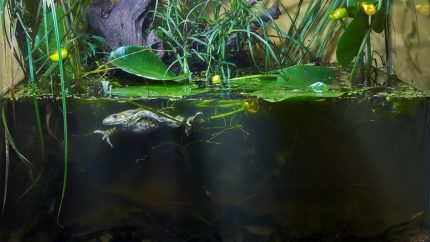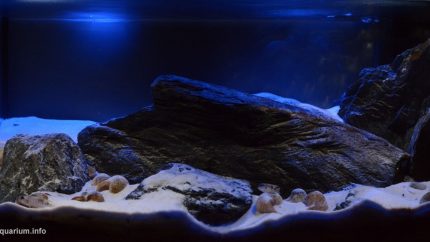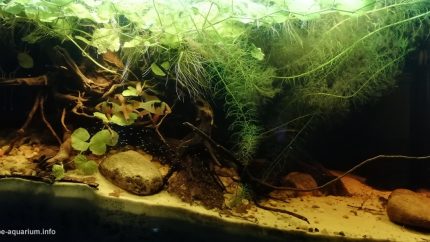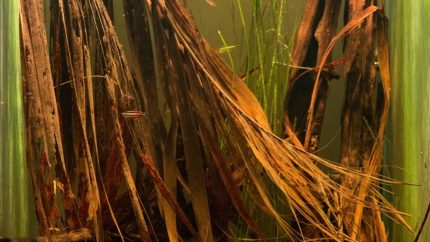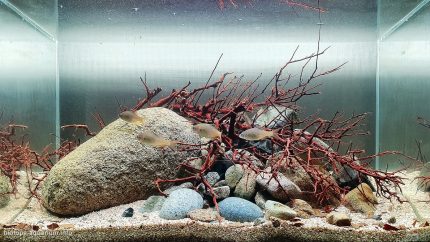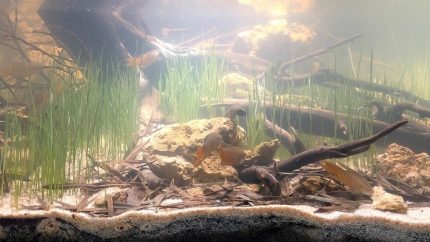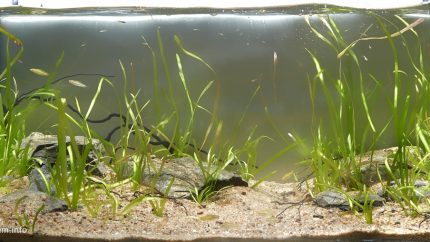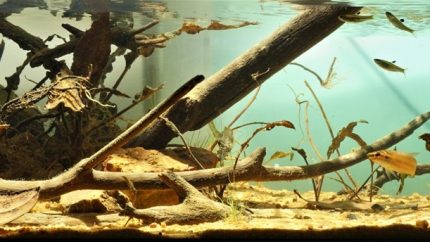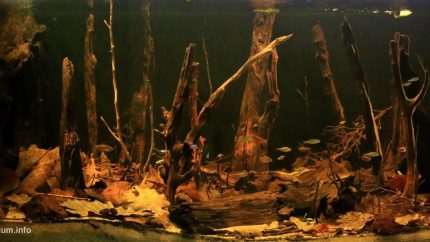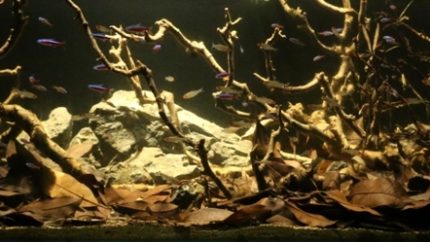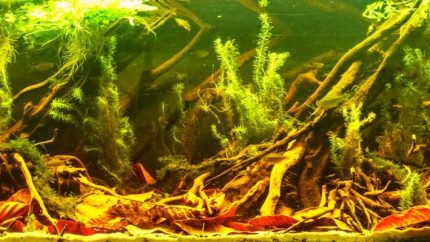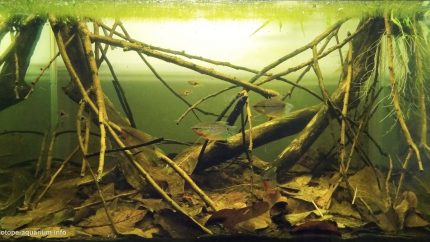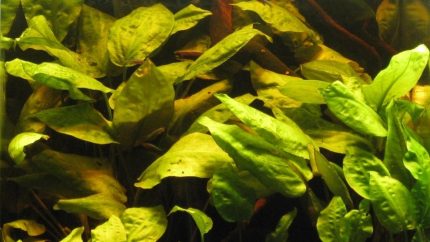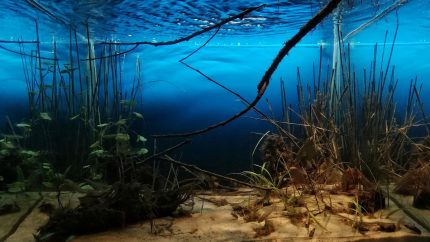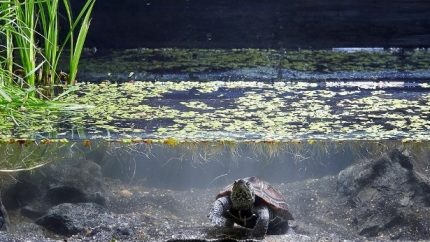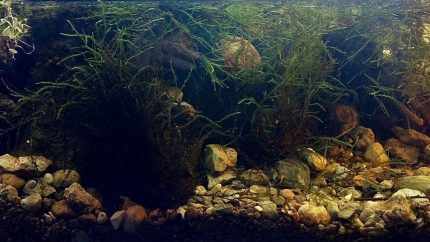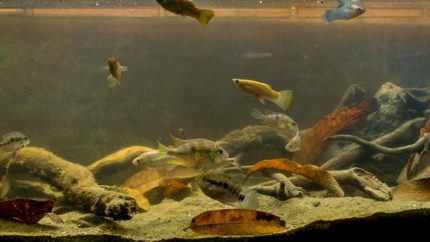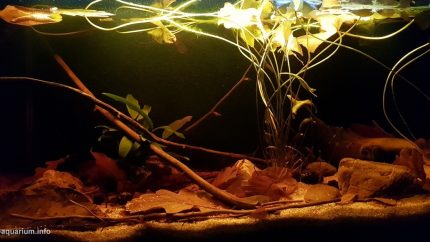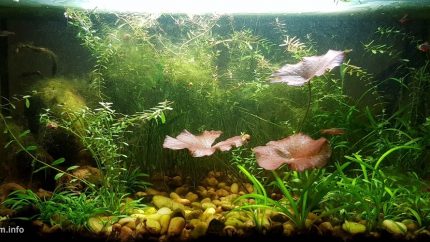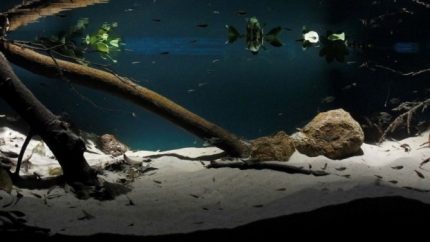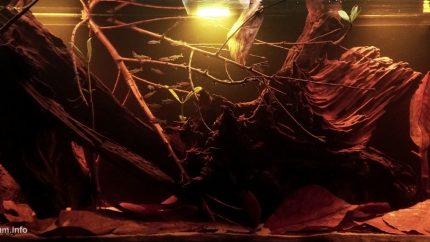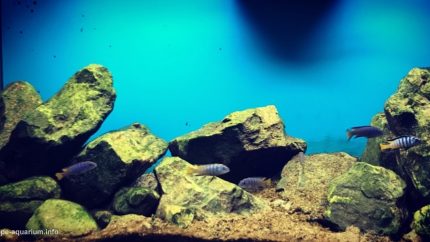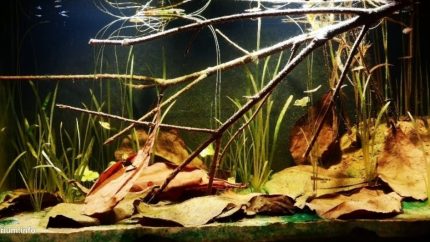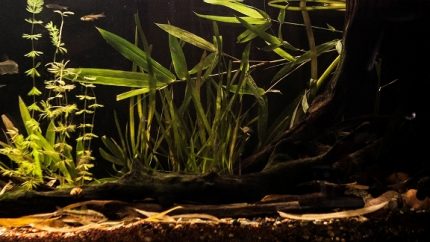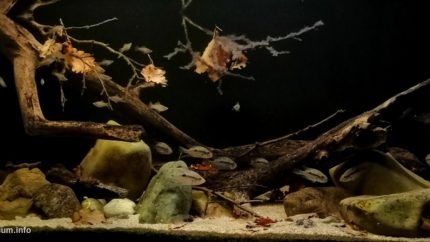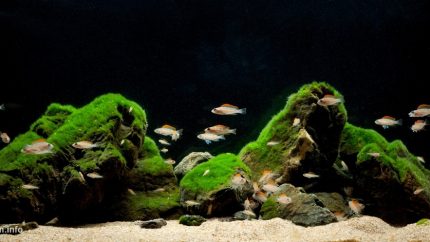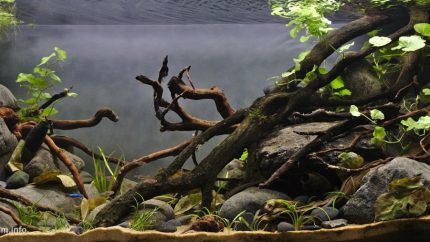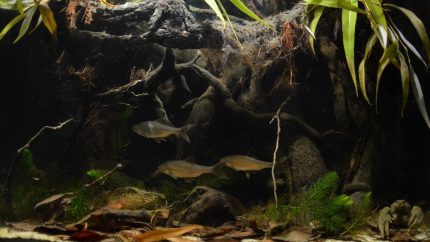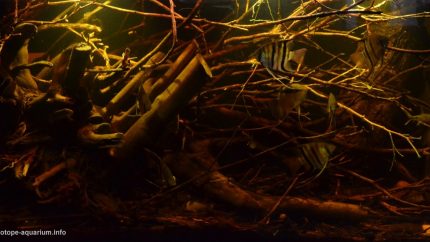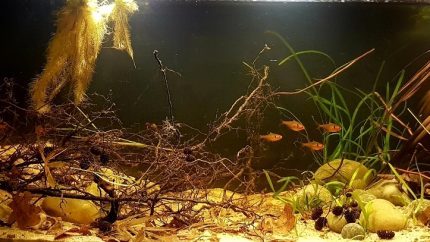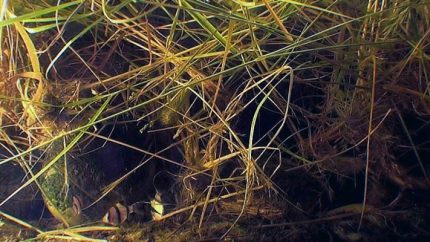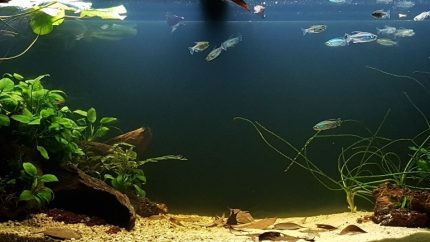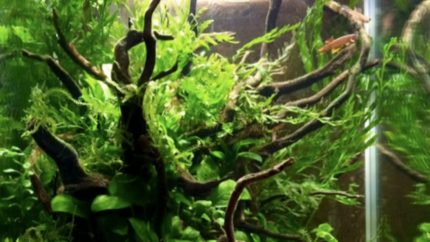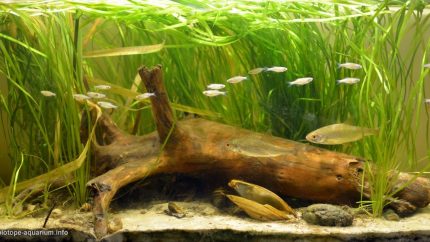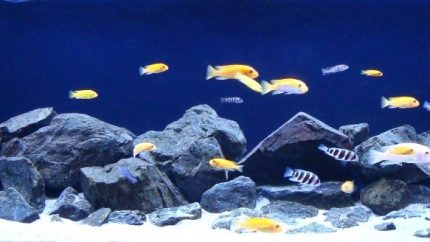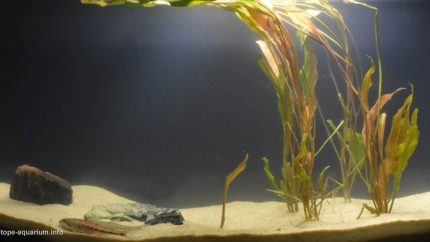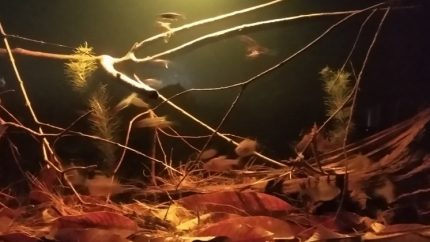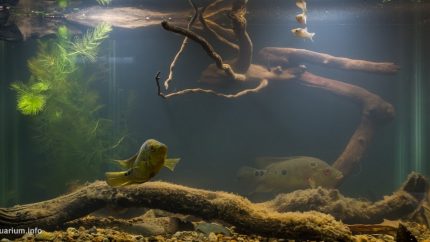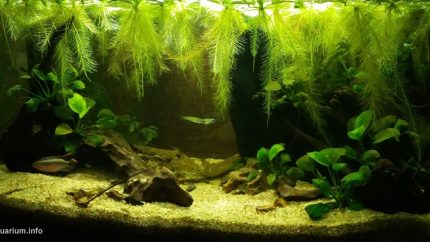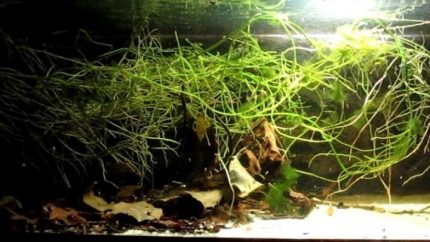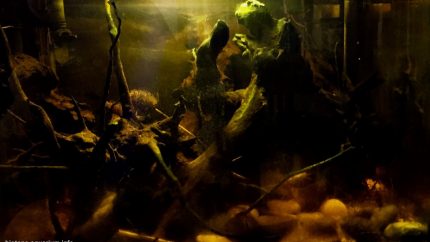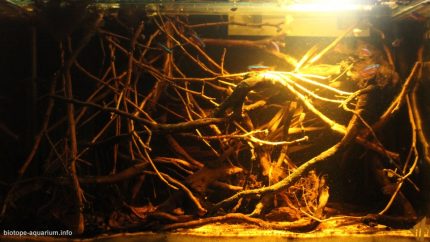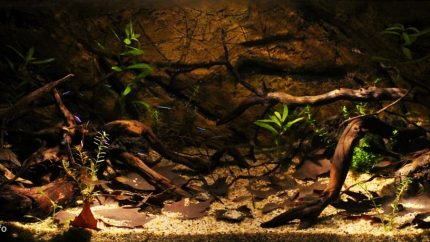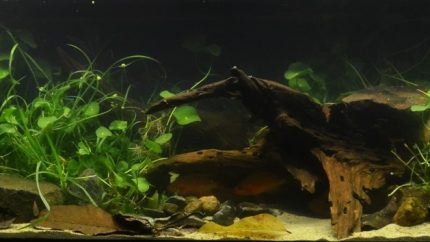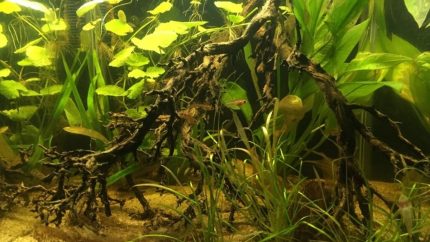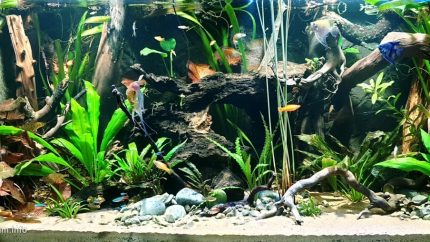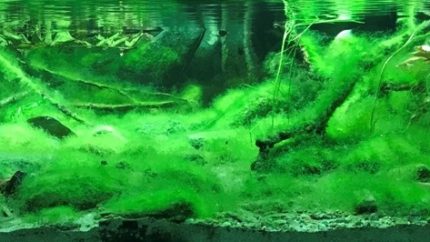BIOTOPE AQUARIUM DESIGN CONTEST 2019
Welcome to the page of international Biotope Aquarium Design Contest 2019!
This year we received 135 aquaria from 34 countries of the world. Participants showed 352 species of aquatic animals. This makes our contest one of the most exciting events in the world of aquaristic.
From the 20th to 31st of August, the entries were evaluated by professional members of the jury, the organizers and the participants of the contest, who will choose winners in the special nominations for the best photo, video and so on.
The prize pool: 3000 euro + BADC magazine with the best aquaria 2019 + Commemorative honorary diplomas and certificates.
We proudly present to you the magazine entirely dedicated to biotope aquaria.
This magazine was printed in limited quantity and contains unique information about 50 biotope aquaria: beautiful illustrations, detailed descriptions of biotopes, as well as an informative article to find out main secrets of this fascinating field of the hobby. All the received funds will be spent for developing the BADC project.
Enjoy viewing aquaria!
PARTNER OF THE CONTEST:
The organizing of the contest and the annual workshop “Nature Biotopes” is supported by the DECOTOP project. Under this brand there are only natural materials: gravel, stones, driftwood and organics for decoration of aquarium, paludarium and terrarium.
decotop.ru


I’ve been interested in fish and aquariums since I was a little. I’m even interested in everything about water. After feeding different species for years, I realized that something was missing in the hobby for me. I was no longer satisfied with feeding new species or having a larger aquarium. Years later, it was easier to reach the information; I started to gather information about the natural habitats of the living things we fed, using internet and watching videos about the regions. As a result of the information I gathered and the experience I have acquired, I have established my first biotope aquarium. The result was tremendous for me; the hobby was more enjoyable than before for me. The feeding habits of the species I have never seen so far, the social relationship between them could now be followed in my home. In addition, the image in the aquarium I look at is very similar to the natural habitat of the creatures I fed and visual aesthetically pleasing me. Since I have met the concept of biotope aquarium, my favourite area of the hobby is biotopes. I would like to thank the organizers for organizing such a competition. It is very important to reach enough information for the development and reproduction of biotope aquariums. This contest aims to provide more information to the next year with the support of the participants. The most important point here is that the competitors need us and the organizers as well as we need them. This year we reached 134 record participants. This means more information about more habitats for the next year. You will find a lot of information and steps you need to take to make the most accurate and most interesting biotopes available in this competition. If your level is lower than you expect, it should not disappoint to you of the year you participated in the contest. You can prepare yourself better next year, find a better place for yourself and contribute to our library with a well studied biotope. I wish next year that there will be more rigorous and attentive participations and an increase in the number of participants.

I would like to thank organizers for inviting me to judge BADC. This has become the number one biotope contest in the world. The biotope scene is rising, this year we have a record number of contests and contestants. That is a sign we are doing something good. Ecology awareness is becoming more and more important today, and it is “cool” to be eco-friendly. Aquarists have a part in that, by preserving endangered and extinct species in aquariums, exploring the behaviour, diet, and habitats; and also telling us about habitat destruction around the world. Soon some of these creeks and rivers will be no more. And the only thing that will remain is biotope aquariums. This contest is educational; beginners can learn much from it. That is good for the scene, it becomes more mature. Take a look in the last 10 years. How many goldfish bowls can you see? Certain fish species have certain needs, and biotope way is the perfect way to fulfil the needs of fishes kept in captivity (our aquariums). Make them feel like home. You owe them that.

I was thrilled to have another opportunity to be part of the judging panel again for the BADC 2018. Over the years I have been judging the contest I have seen the quality of entries advance massively, with much more research going in to most of the entries, and so many more entries becoming more area specific, like an actual point on a specific river system in South America, versus just a generic Amazon River biotope or a South American catch-all. The use of materials has become more advanced, with some hobbyists collecting decorative materials from the actual biotope they were replicating. This is great, and doesn’t come more authentic than that. My personal favourites were those that looked exactly as if I were snorkelling in the habitat, which again shows skill and understanding of true underwater biotopes by the entrants, and how they actually look when viewed underwater, in nature. Representing fish species which live together in nature is key to every biotope, but making sure the aquarium is appropriately sized for long term care should also be one of the most important considerations with any biotope tank. Several entries lost valuable points this year by representing fish species which live together in the wild, but which could not possibly be housed together in their chosen aquarium long term due to eventual size, and other reasons such as territoriality or predatory tendencies towards tank mates.
This year the level of the biotope aquariums entered into the contest was very high, and it was very difficult for me to differentiate which one is better and which one is worse. There were some entries with no fish visible in the tank, even though the description said there were some. One of the biggest problems in this edition was that in many tanks fishes were breathing too fast (global warming effect, maybe?). I think one of the conditions for the future editions of the contest should be the demand to show fishes in the video, long enough to allow for evaluation if they are healthy and feel good. Fast breathing is definitely not something which should take place in a healthy aquarium. Another problem: some tanks were much, much too small for the size and amount of fishes. In my opinion, such entries should be not allowed into the contest, of course with clear explanation for the designer about what is wrong with his tank. All aquariums in the contest should be able to thrive in a long term; so, plenty of space for animals is an absolute prerequisite. Anyways, I congratulate all the participants, and cannot stress enough the amount of work they put into gathering all information about the habitats. I hope this was at least so much educating for them, as it was for me. Good job, and see you next year!
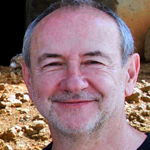
It has been a big pleasure and honour for me to act for the contest. And much more, I have been deeply impressed by the high quality of the tanks I have seen. My biggest compliments and thanks to all the participants, which have shown that the hobby is to only alive or a beautiful hobby. They also have shown the great sensibility of people to recognize and understand how nature is, has to look like and is functioning. This was much more than just designing a tank. No matter if you got a high rank or a lower one within the contest, you did a great thing. Keep on going like this!
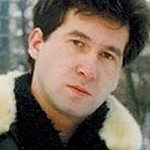
The Biotope Aquarium Design Contest this year has broken all records in terms of the number of participants. There were many biotopes in it. Some of them were presented for the first time (countries). Despite the high level of many entries, there were mistakes in them, and quite significant for this competition. I will not point to 2-3 aquaria with selectively bred angelfishes and swordtails (apparently they appeared in the contest occasionally), but I would like to analize the most common ones. The first mistake is the condition of the soil, fine sand. In some entries it is very noticeable that it was well washed, put in an aquarium, and covered with a few leaves and decorations. There cannot be fine sand of only one grain size in nature. In stagnant waters it should be abundantly covered with detritus, and in the current it will be washed and mixed with larger sand and small pebbles. The second drawback is entries imitating Lake Tanganyika. You can’t mix fish from different ecological zones, even if they live together in a bay: Cyprichromis, cichlids of open water and rocky areas, placed with Julidochromis, fishes of the surf zone and shell Lamprologus that live in deeper areas or different Tropheus races that never occur together in nature. Then, in addition to the design that is beautiful and biotope correct, you also need to use knowledge. For example, in an entry its author presents Puntigrus tetrazona, and in fact he has a different species – P. anchisporus, an inhabitant of the island of Borneo, which can never be found in Sumatra. In general, almost all entries were performed at a high level, especially biotopes that authors studied themselves (near the house, for example), and not from video and photos. Some of them turned out just perfect. P. S. Probably not only me, but other judges also noticed that the most realistic biotopes were setup by authors, who took decorations and aquatic organisms from their native habitats.
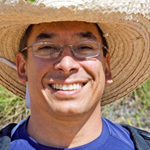
We are all living important times in the aquarium hobby today. Things are shifting and changing from what seemed like a “linear, nothing changes hobby” to a more modern up to date one. I’m not talking about a change of new tanks, filters and lights; I am talking about the way of thinking, the objective and philosophy in our hobby. This change and shift in philosophy is a result from the biotope aquarium movement worldwide. Biotope aquariums are not just about nature, they are about the connection that we once lost or never had between us, the aquarium and nature. There is a whole array of philosophies behind them. Some people seem to think they are better for the fish wellbeing, other people think that they are great educational tools to learn about nature and some even think they could help save endangered biotopes from destruction by awareness. If you ask me, well, they are all of the above and much more. Most of my friends on Facebook and Instagram are fish people, so on my feed I get 10% normal updates and 90% aquarium related stuff. This year I noticed that a high percentage of videos and images that were posted or shared were of people videoing biotopes outside and underwater in many countries around the globe. I have seen biotopes from Brazil, Russia, and Thailand, just to name a few. The same is happening with the look of aquariums. If I go back in time on my feed the aquariums start looking like, well, like 4 years ago. Nowadays the natural aquarium look is more natural, not just a clean, immaculate aquarium stuffed with an excessive amount of aquatic plants. All this change is just a product of knowledge, a knowledge that comes from the biotope aquarium movement. Before, we had to rely on books or what a few people would tell us or advise us to do. Today, if you are in this contest, you have a great possibility of becoming that advisor all due to seeking knowledge in nature. Look at the super incredible public aquariums Petra Bašić is creating or the impact Víctor Ortiz is having in his country on preservation of freshwater species. They both were BADC contestants a few years ago. The BADC contest is an extremely important platform. This is where the new proposals for our hobby are being shown. As you scroll down the 135 entries we had this year you start to wonder… why weren’t the aquariums done like this before? Now it makes sense because we are starting to really open our eyes and our minds. We are starting to think beyond the aquarium!
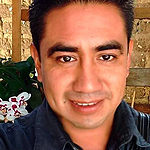
Each year the level of the contest rises which is fantastic, but what makes it even more interesting is the fact that each edition shows more and more local biotopes of the places of the participants origin, which becomes a true “delight” for the knowledge of the world biotopes, where in addition to showing global biodiversity you can learn more about the local processes of each nature biotope. This can undoubtedly help generating more and more strategies for local knowledge of the world water bodies, their global promotion and thereby attracting attention to those nature biotopes or endemic species that require help. So it should be understood that the biotope aquarium is a strategy of environmental education, promotion of ecological awareness, distributing information about ecosystems and their species, as well as the promotion of the revaluation of these natural resources and, of course, their conservation.
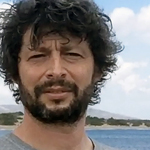
Friends, as a general comment I would like to give some tips that will help you to take a high place in the competition. The first and most important is to explore nature more often. Look around, get inspired. A river, a lake, a stream is the world’s best idea bank for a biotope aquarium. The second tip is design. Do not try to put your entire “deep” inner world into one aquarium. Simplify. The aquarium is the same architectural form as any object around us, and obeys the same rules. The third. Do not use traditional “biotope” elements too much. More flooded leaves and roots are not always better. Chaos must be controlled. In the first place a concept should be, not design elements. The fourth piece of advice is as follows: over the years of the competition, a certain stereotype has developed what a typical biotope aquarium should look like. But the averaged image is the path to the average aquarium. Personally, I, as a member of the jury, always appreciate new ideas. If you want a high place, be original; create something not like the others. In this case, remember the second tip! In competitions of recent years, it is such aquaria that occupy high positions. Interest in biotope aquaria grows, and this makes me very happy. It is noticeable what love the authors put into their aquaria. Each year, the competition opens up new talents. I enjoyed studying the biotopes. Thanks to all participants, the competition turned out to be very interesting and diverse. I wish you all good luck, and we look forward to new entries next year! Participate and win!

I admired nature from the very first breath I took, I think. As a baby, when I cried too much, my parents gave me time-out. The only thing that calmed me down was the flowers on the tiles of the bathroom. As a young child I helped my father with our first aquarium. Helped is a big word. I enjoyed it and got fascinated in these beautiful creatures. But I stealed with my eyes how my father did things and started this journey. In the first ten years I learned a lot – sadly enough – by doing things wrong. Too much fishes in too small volume with non compatible behaviour and no real plants. A perfect recepy for disaster. After that I stopped the hobby for a few years and became fulltime student. But I learned fast. I began reading and stopped “collecting” fishes. I met a very inspiring person in the city where I lived. He had a small shop, a lot of knowledge and some special fishes. He was the first to me to talk about biotoping. I was convinced and wanted a brand new start in this hobby: I would make my own automated biotope tank room. Luckily my wife supported me. Thinking about the different biotopes for 8 tanks and designing the room was quite a task. But I got great help of friends to make my dream room. And I got inspiring conversations about biotoping with many people. My true inspiration is Janne Aho, administrator of Biotope Aquaristics Facebook group. He keeps me thinking further and further in this discipline and learned me a LOT. I am not an explorer, but I am interested in reading as many relevant articles, videos and pictures as possible. It gives me – at least – the chance to try showing how a possible biotope could look like. It takes some efforts, but the reward of your own stable biotope tank is excellent. The more you read and view, the more you realise how vulnerable these biotopes are. Sadly enough human impact is enormous. We as biotope aquarists have to teach and learn from each other as much as possible. Good luck to contestants and other members of the jury! Keep biotoping!


